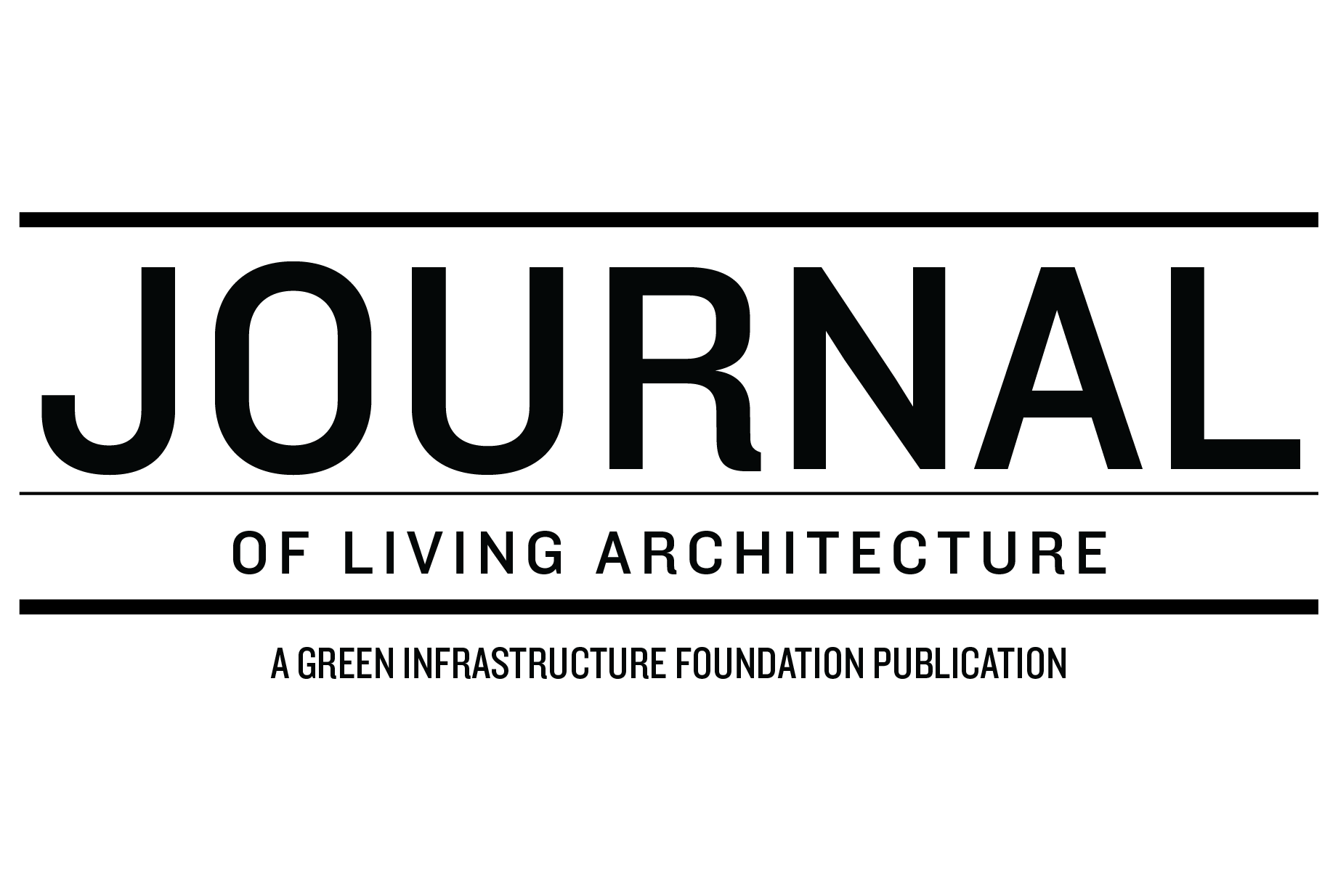Land Cover Classification and Change in Porto, Portugal: Spatial Analysis for Urban Vegetation and Green Roof Adoption
Advertisement
The Journal of Living Architecture is a peer-reviewed, open-access journal, published by the Green Infrastructure Foundation and hosted by the Living Architecture Monitor Magazine. Learn more about the Journal, read all Journal articles, or find out how to submit to the Journal.
Land Cover Classification and Change in Porto, Portugal: Spatial Analysis for Urban Vegetation and Green Roof Adoption
Volume 11 Number 2 Pages 1-18
Kevin Duerfeldt (1)*, Brian Gelder (2), Monica Haddad (3)
(1) Department of Horticulture, Iowa State University, U.S.A.
(2) Department of Agriculture & Biosystems Engineering, Iowa State University, U.S.A.
(3) Department of Community and Regional Planning, Iowa State University, U.S.A.
*corresponding author: kduerf@iastate.edu
ABSTRACT
There are increasing pressures to create multifunctional urban areas, which provide space for people as well as ecosystem services. We analyzed landcover classification and change for Porto, Portugal, using geographic information systems and remote sensing data. Landcover was classified into seven categories for five counties of Porto District Portugal using PlanetLabs PlanetScope satellite imagery. Images were selected for low cloud cover and similar time of year and obtained for 4 July 2017 and 1 July 2022. Political boundaries were obtained from the National Institute of Statistics. Of the four classification methods tested, K-Nearest Neighbor was the most accurate supervised classification method with 2017 Kappa = 0.87 and 2022 Kappa = 0.98. Classified landcovers show Shadow, Other Roofing Material, and Bare Ground increased, and Water, Tiled Roof, Pavement, and Vegetation decreased from 2017 to 2022. NDVI showed a decrease in vegetation overall, mean difference -0.043. Classification showed 142.5 million square meters classified as impervious surface in 2022, of which 32.68 million square meters were “other roofs”, commercial or industrial white surfaced roofs, which may be the most likely targets for vegetative interventions. Zonal statistics show neighborhoods that gained or lost vegetation over the study period, and these neighborhoods are not randomly distributed, Moran’s I = 0.0249 or 0.402. Additional socioeconomic data could help understand this distribution and make decisions addressing climate justice. LiDAR data would increase the accuracy further and allow for clearer selection of roofs and quantification of green roof benefits.
Key words: GIS, remote sensing, land cover change, urban planning, green infrastructure, nature-based solutions
Read the full article: https://doi.org/10.46534/jliv.2024.11.02.001
This peer-reviewed article is provided free and open-access.
Advertisement

